Here’s a list of flower names that begin with the letter U. With an emphasis on common and easy to grow species:
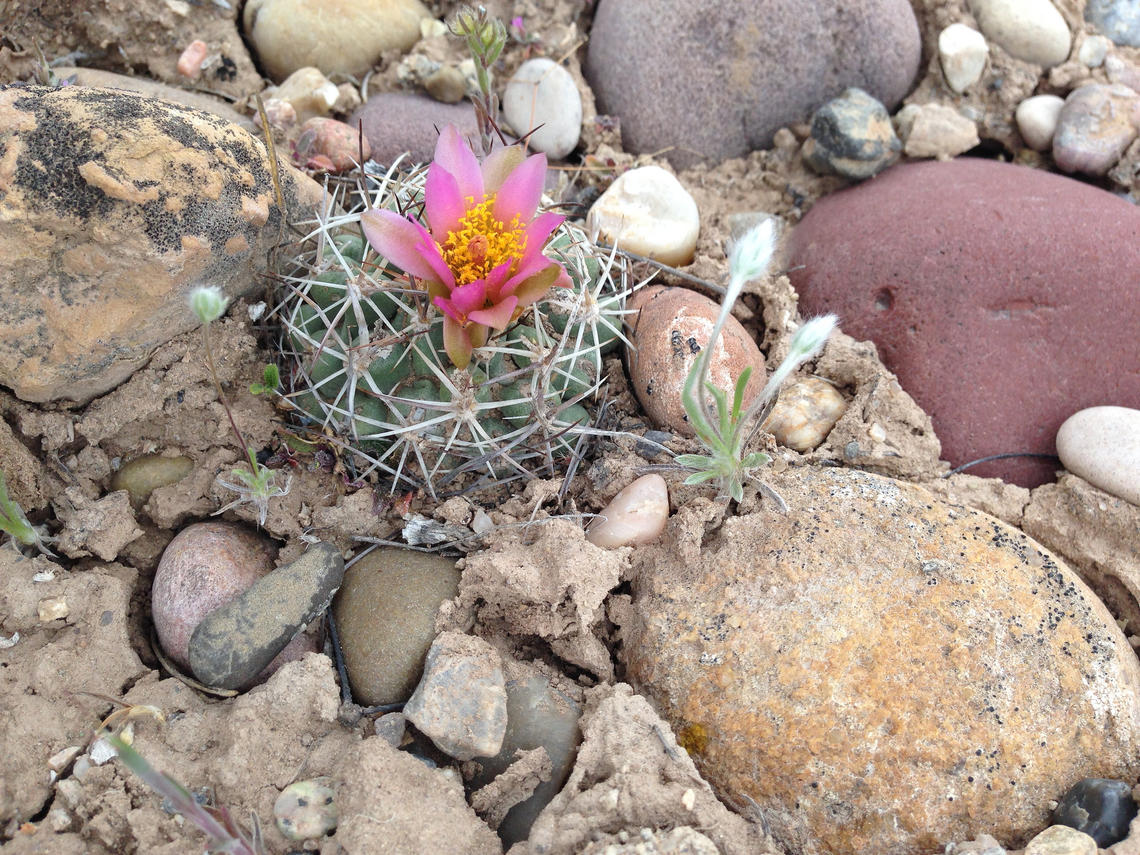
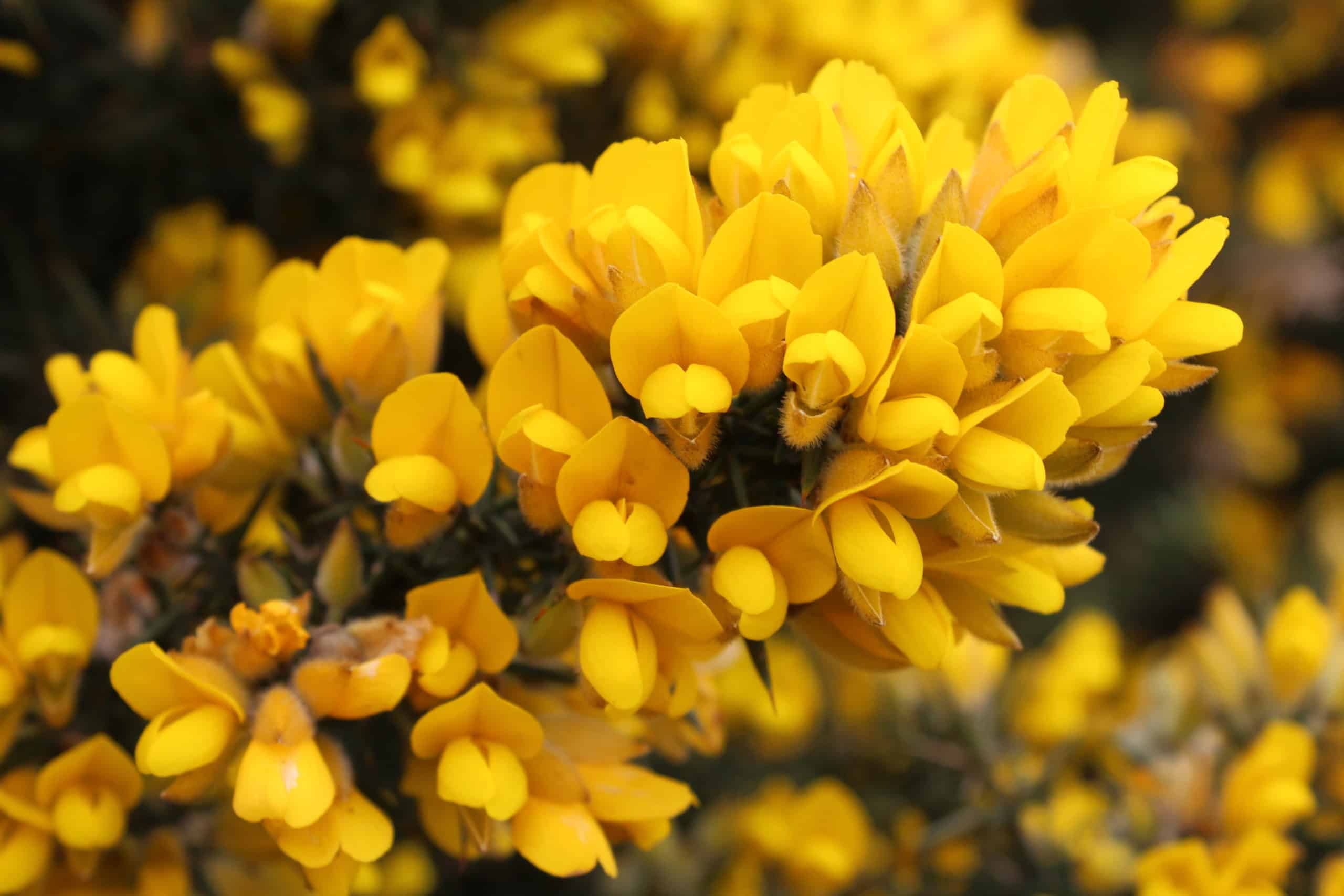
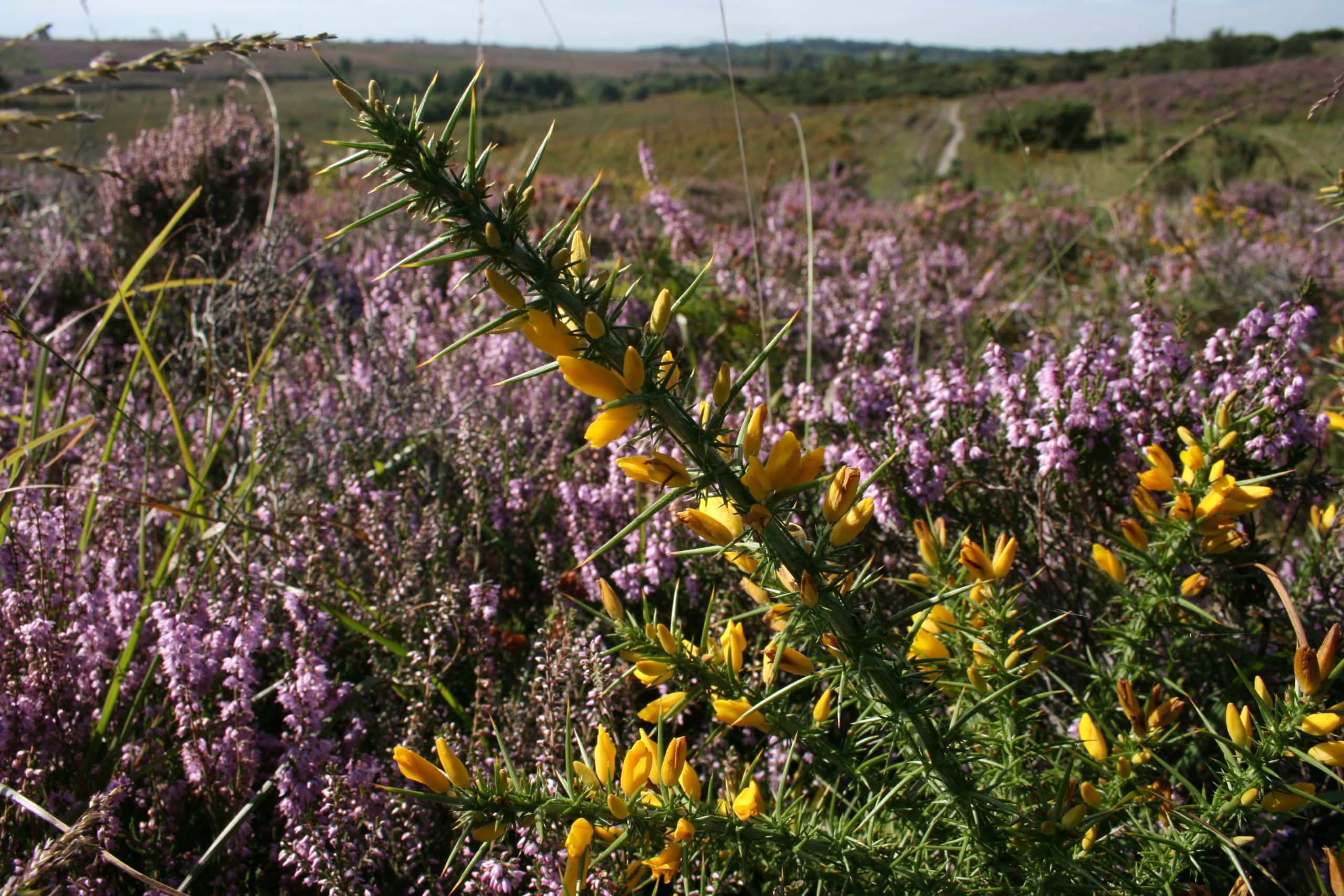
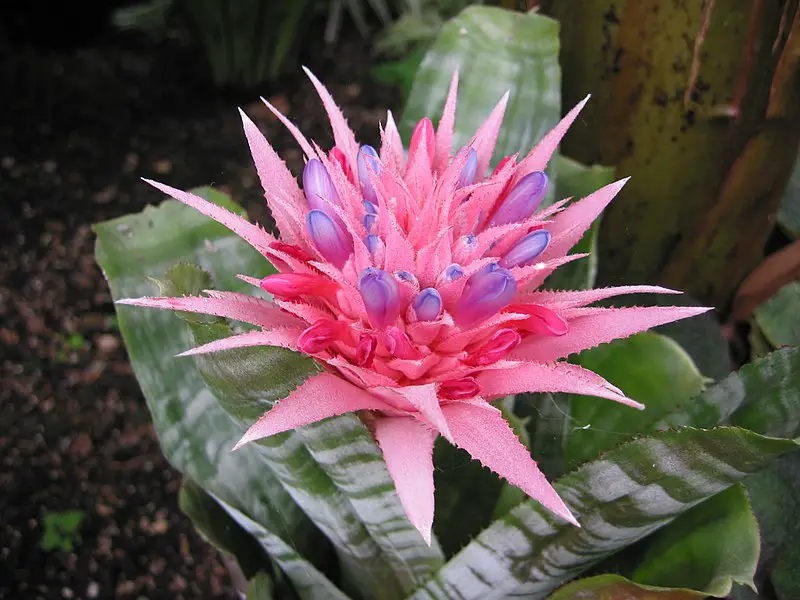
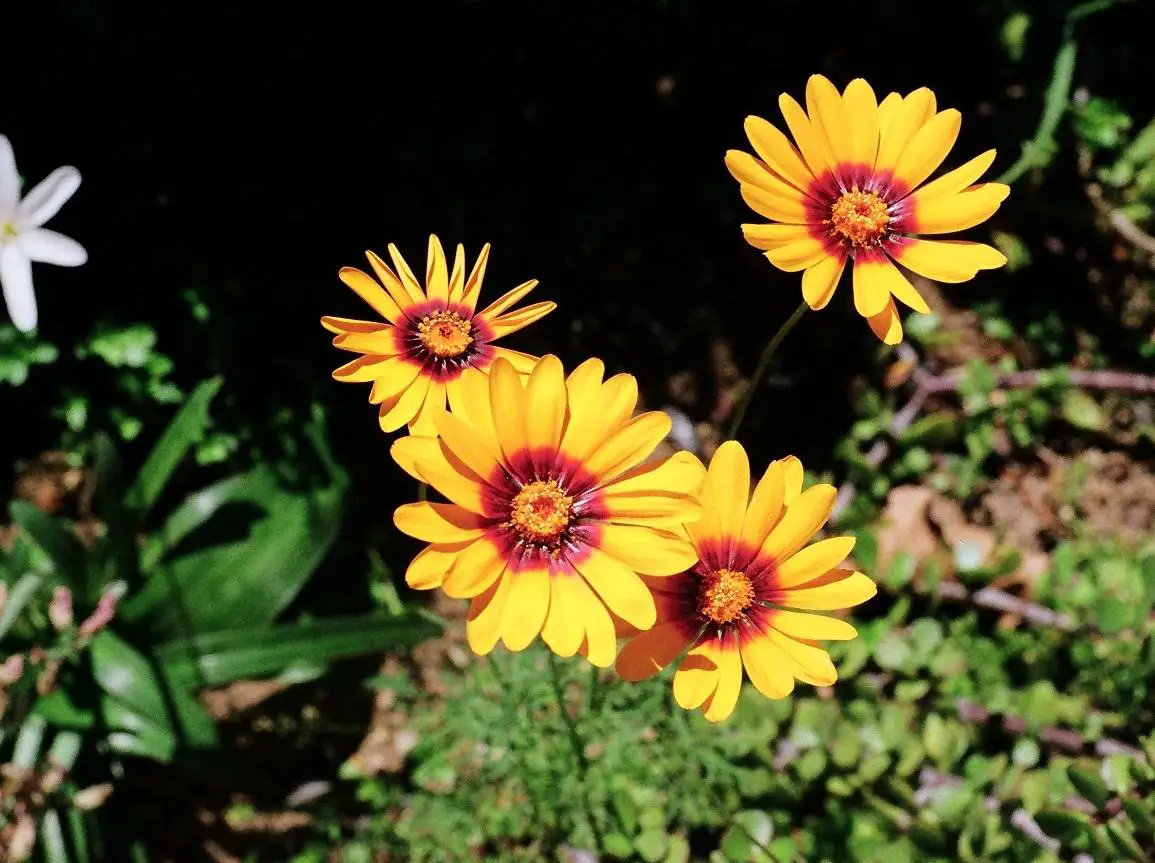
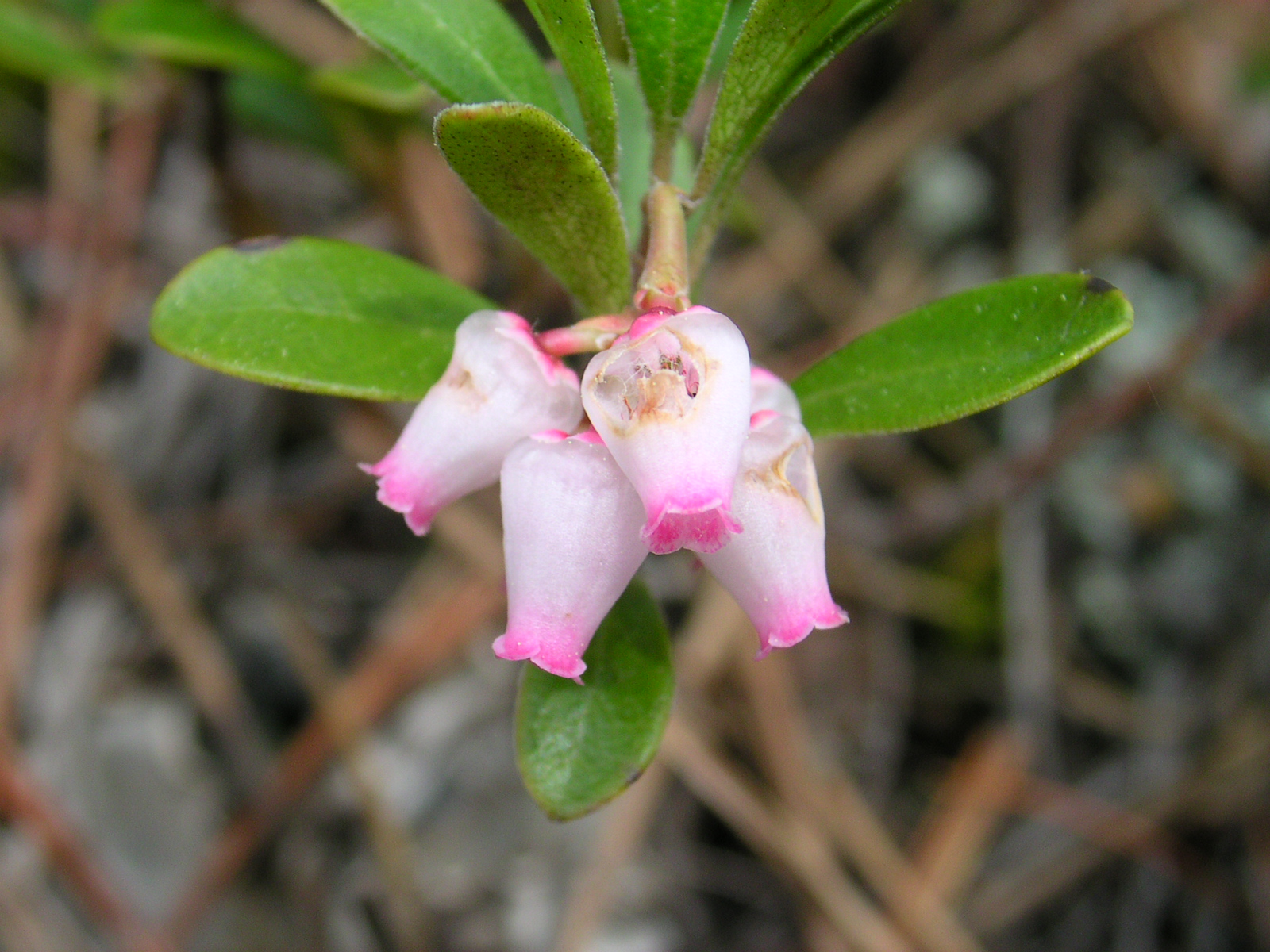
Uinta-Cactus
The Uinta cactus (Sclerocactus wetlandicus) is a unique variety of cactus that can be found in the Uintah Basin region of Utah, U.S.A.
It grows to a height of about 4 to 25 centimeters tall (1.5 to 10 inches). U
Uinta cacti are mostly green, with some pinkish or yellowish coloration.
Uinta cacti grow both as individuals and as part of colonies, usually near rock outcroppings.
It used to be called uinta-cactus because it used to occur in the Uinta Basin.
However, it no longer grows there.

Ulex-Europaeus
Ulex-Europaeus, also known as Gorse, is a species of thorny shrub belonging to the genus Ulex and native to Europe and North Africa, where it typically grows wild.
Gorse flowers from early spring through summertime; in late spring/early summer, its profusion produces bright golden blossoms.
The flowers are a bright yellow color.

Ulex-Gallii
The Ulex gallii, or Ulex gallii, is a species of flowering plants that belongs to the Ulex genus.
It can reach heights of 10 centimeters.
Ulex Gallii foliage has characteristics due its morphology consisting of tiny hard leaves with tiny spines on them.
Its flowers consist of 5 stamen filaments which are yellow-greenish colored.
Ulex Gallii plant parts have been used as an herbal medication for centuries.

Urn Plant
Urn plants (Aechmea fasciata) are beautiful bromeliad natives of Brazil.
Aechmea fasciata is a favorite that comes into flower at the end of the summer and autumn, although some will come into flower more than once a year.
It is often grown as a houseplant in temperate areas.
It has gained the Royal Horticultural Society’s Award of Garden Merit.

Ursinia
One of the most loved and cherished flowers in many parts of Africa is ursinia, which belongs to the asteraceae family.
Ursinia is a flowering plant endemic to South Africa and has become popular due to its beautiful color and scent; it’s widely used in floral arrangements when placed alongside roses or lilies.
The genus is named after the German scholar Johannes Heinrich Ursinus who lived between 1608-1667.

Uva Ursi
Uva Ursi (Bearberry plants) is a perennial evergreen shrub.
The leaves are 4-10 centimeters long, 2-5 centimeters wide and have toothed edges or smooth margins.Bearberry plants can spread quite quickly if not kept in check by regular pruning.
Bearberry plants do well with plenty of sun exposure, but will survive in semi-shade locations as well.
Bearberry plants prefer acidic soils that drain very well; the soil should be low in nutrients.
Fruits are small, round, and red.

